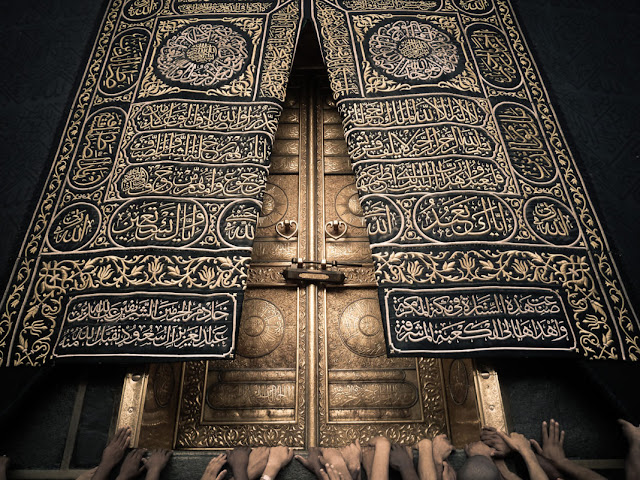Devotion To The Prophet, His Family Defines Shias

Sameer Arshad Khatlani Follow on Facebook I t is now clear as daylight: having Indian Muslims at each other's throats is an aspect of the larger project against them. Much of it is done with a lot of subtlety including through hired guns for deniability. One such hired gun, claiming to be a Shia, released a book this month and in the process revealed the hand of his sponsors by making some incendiary and unpublishable comments against Islam and the Prophet amid usual open calls for violence against Muslims. He got an instant pat on the back from his patrons but in the process ended up exposing himself for a Shia is defined by her devotion to the prophet and his family. ALSO READ: Indian Muslim Invisiblisation & Curious Case Of Pakistani Shias The Prophet, for Shias, tops the group of sanctified Chahardah Masum (14 immaculate from sin, or infallible). It includes the Prophet's daughter, Fatima, son-in-law, Imam Ali, grandsons, Hasan and Hussain, and Hussain’s descendants...





